Nonprofit organizations have a unique mission and set of goals that differ from businesses. While for-profit companies are driven by revenue and profit, nonprofits are driven by their mission to create positive change in society. However, like any organization, nonprofits need to market themselves effectively to reach their target audience and achieve their goals.
One of the most effective ways to optimize your nonprofit marketing strategy is by using data-driven decisions. Analytics can provide valuable insights into the behavior of your target audience, as well as the effectiveness of your marketing efforts. By using data to inform your decisions, you can make more informed choices and increase the impact of your nonprofit’s marketing campaigns.
In this article, we will explore 14 ideas for using analytics to optimize your nonprofit marketing strategy. From identifying your target audience to measuring the success of your campaigns, we will provide actionable tips and insights that you can apply to your organization. By incorporating data-driven decisions into your marketing strategy, you can better understand your audience and improve the effectiveness of your nonprofit’s marketing efforts.
Use web analytics to identify your most popular pages and create more content around those topics.
Web analytics can be a powerful tool for nonprofits looking to increase traffic to their websites and engage with their audience. By analyzing data on website traffic, nonprofits can identify which pages and topics are most popular with their audience. This information can be used to create more content around those topics, which can help to increase engagement and drive traffic to the website. Some key ways to use web analytics to identify popular pages and topics include:
- Examining pageviews: Nonprofits can use web analytics tools to see which pages on their website are getting the most views. This information can help to identify which topics are most popular with their audience.
- Tracking engagement: Beyond pageviews, nonprofits can also track engagement metrics such as time on page and bounce rate. This can help to identify which pages are particularly engaging and which may need improvement.
- Using search data: Nonprofits can also examine search data to see which keywords and phrases are driving traffic to their website. This can help to identify topics that are of particular interest to their audience.
By identifying popular pages and topics, nonprofits can create more content around those areas of interest. This can help to increase engagement and drive traffic to their website, ultimately helping them to achieve their mission.
Use A/B testing to optimize your donation pages and increase conversions.
Donation pages are a critical component of any nonprofit’s fundraising efforts. To ensure that these pages are as effective as possible, nonprofits can use A/B testing to optimize them for maximum conversions. A/B testing involves creating two versions of a donation page and testing them with different segments of the audience to see which version performs better. Some key areas to test when optimizing donation pages include:
- Page layout: Nonprofits can test different layouts to see which one is most effective at driving conversions. This may involve experimenting with the placement of donation buttons, images, and text.
- Call-to-action: The call-to-action is a critical element of any donation page. Nonprofits can test different language and designs to see which one is most effective at driving conversions.
- Form length: Donation forms that are too long can be a barrier to conversion. Nonprofits can test different form lengths to see which one is most effective at driving conversions.
By using A/B testing to optimize donation pages, nonprofits can increase conversions and ultimately raise more funds to support their mission.
Analyze your social media metrics to determine the most effective platforms and content types for engaging with your audience.
Social media can be a powerful tool for nonprofits looking to engage with their audience and promote their mission. However, with so many platforms and content types to choose from, it can be difficult to determine which ones are most effective. By analyzing social media metrics, nonprofits can identify the most effective platforms and content types for engaging with their audience. Some key metrics to track when analyzing social media performance include:
- Engagement: This includes metrics such as likes, comments, and shares. Nonprofits can use these metrics to identify which types of content are resonating with their audience.
- Reach: This refers to the number of people who see a nonprofit’s social media posts. By tracking reach, nonprofits can identify which platforms are most effective at reaching their target audience.
- Conversion: This refers to the number of people who take a desired action, such as making a donation, after seeing a nonprofit’s social media post. Nonprofits can use conversion metrics to identify which platforms and content types are most effective at driving action.
By analyzing social media metrics, nonprofits can determine which platforms and content types are most effective for engaging with their audience. This information can be used to inform social media strategy and drive greater engagement with the nonprofit’s mission.
Use data to identify key donor segments and personalize communication and fundraising efforts.
Donor segmentation involves dividing a nonprofit’s donor base into smaller groups based on shared characteristics such as giving history, demographics, or interests. By segmenting donors, nonprofits can create more personalized communication and fundraising efforts that are tailored to the needs and interests of each group. Some key ways to use data to identify key donor segments include:
- Giving history: Nonprofits can analyze giving history data to identify donors who have given at certain levels or at certain times of the year. This information can be used to create targeted fundraising appeals that are tailored to each donor’s giving history.
- Demographics: Nonprofits can analyze demographic data to identify donors who share certain characteristics such as age, gender, or location. This information can be used to create targeted communication and fundraising efforts that are tailored to each group.
- Interests: Nonprofits can analyze data on donor interests to identify donors who are particularly passionate about certain causes or programs. This information can be used to create targeted communication and fundraising efforts that are tailored to each donor’s interests.
By using data to identify key donor segments, nonprofits can create more personalized communication and fundraising efforts that are tailored to the needs and interests of each group. This can help to increase engagement and drive donations to support the nonprofit’s mission.
Use email marketing analytics to optimize subject lines, content, and timing for maximum engagement.
Email marketing can be a powerful tool for nonprofits looking to engage with their audience and promote their mission. However, to be effective, nonprofits need to ensure that their emails are engaging and relevant to their audience. By using email marketing analytics, nonprofits can optimize their emails for maximum engagement. Some key areas to focus on when optimizing email marketing campaigns include:
- Subject lines: The subject line is the first thing that recipients see when they receive an email. Nonprofits can use email marketing analytics to test different subject lines and determine which ones are most effective at driving open rates.
- Content: Nonprofits can use email marketing analytics to determine which types of content are most engaging to their audience. This may involve testing different formats, such as text-only emails vs. emails with images or videos.
- Timing: Nonprofits can use email marketing analytics to determine the best time to send emails to their audience. This may involve testing different days of the week or times of day to determine when recipients are most likely to engage with emails.
By using email marketing analytics to optimize subject lines, content, and timing, nonprofits can increase engagement and drive donations to support their mission.
Monitor website traffic and engagement to identify areas for improvement in user experience and navigation.
A nonprofit’s website is often the first point of contact that potential donors and supporters have with the organization. To ensure that the website is effective at engaging with its audience, nonprofits need to monitor website traffic and engagement to identify areas for improvement in user experience and navigation. Some key areas to focus on when monitoring website traffic and engagement include:
- Pageviews: Nonprofits can use website analytics tools to see which pages on their website are getting the most views. This information can help to identify which areas of the website are most engaging to their audience.
- Engagement metrics: Beyond pageviews, nonprofits can also track engagement metrics such as time on page and bounce rate. This can help to identify which pages are particularly engaging and which may need improvement.
- User feedback: Nonprofits can solicit feedback from users through surveys or other methods to gather insights into their experience on the website. This feedback can be used to identify areas for improvement in user experience and navigation.
By monitoring website traffic and engagement, nonprofits can identify areas for improvement in user experience and navigation. This can help to increase engagement and drive donations to support the nonprofit’s mission.
Use data to identify and prioritize fundraising opportunities and allocate resources accordingly.
Nonprofits often have limited resources and need to prioritize fundraising opportunities to ensure that they are using their resources effectively. By using data to identify and prioritize fundraising opportunities, nonprofits can allocate resources more strategically. Some key areas to focus on when identifying and prioritizing fundraising opportunities include:
- Donor behavior: Nonprofits can use data on donor behavior to identify which fundraising opportunities are most likely to be successful. This may involve analyzing giving history data to identify which types of appeals or campaigns have been most effective in the past.
- Market trends: Nonprofits can monitor market trends to identify new fundraising opportunities that may be emerging. This may involve tracking changes in the competitive landscape or changes in donor behavior.
- Resource allocation: Nonprofits can use data to determine which fundraising opportunities require the most resources and allocate resources accordingly. This may involve focusing on high-return opportunities or opportunities that align with the nonprofit’s mission.
By using data to identify and prioritize fundraising opportunities, nonprofits can allocate resources more strategically and increase their chances of success.
Analyze the success of past fundraising campaigns to inform future strategy and tactics.
Past fundraising campaigns can provide valuable insights for nonprofits looking to optimize their future fundraising efforts. By analyzing the success of past campaigns, nonprofits can identify which strategies and tactics were most effective and apply those lessons to future campaigns. Some key areas to focus on when analyzing past fundraising campaigns include:
- Engagement metrics: Nonprofits can use engagement metrics such as open rates, click-through rates, and conversion rates to determine which campaigns were most effective at engaging with their audience.
- Fundraising results: Nonprofits can analyze fundraising results to determine which campaigns were most effective at driving donations and meeting fundraising goals.
- Feedback: Nonprofits can solicit feedback from donors and other stakeholders to gather insights into the success of past campaigns and identify areas for improvement.
By analyzing the success of past fundraising campaigns, nonprofits can apply those lessons to future campaigns and increase their chances of success.
Use data to identify the most effective fundraising channels (e.g. events, direct mail, online) for your organization.
Nonprofits have a variety of fundraising channels at their disposal, including events, direct mail, and online fundraising. To ensure that they are using their resources effectively, nonprofits need to identify which channels are most effective at driving donations and meeting their fundraising goals. Some key ways to use data to identify the most effective fundraising channels include:
- Engagement metrics: Nonprofits can use engagement metrics such as open rates, click-through rates, and conversion rates to determine which channels are most effective at engaging with their audience.
- Fundraising results: Nonprofits can analyze fundraising results to determine which channels are most effective at driving donations and meeting fundraising goals.
- Cost-effectiveness: Nonprofits can analyze the cost-effectiveness of different fundraising channels to determine which ones provide the most return on investment.
By using data to identify the most effective fundraising channels, nonprofits can focus their resources on the channels that are most likely to drive donations and meet their fundraising goals.
Use website analytics to identify geographic locations with high engagement and tailor outreach efforts to those areas.
Nonprofits often have limited resources and need to focus their outreach efforts on the areas where they are most likely to be successful. By using website analytics to identify geographic locations with high engagement, nonprofits can tailor their outreach efforts to those areas. Some key ways to use website analytics to identify high-engagement areas include:
- Geographic data: Nonprofits can analyze geographic data on website traffic to identify which areas are most engaged with their organization. This information can be used to tailor outreach efforts to those areas.
- Engagement metrics: Nonprofits can track engagement metrics such as time on page and bounce rate to determine which areas of the website are most engaging to their audience.
- Conversion data: Nonprofits can analyze conversion data to determine which geographic areas are most likely to donate or take other desired actions.
By using website analytics to identify high-engagement areas, nonprofits can tailor their outreach efforts to those areas and increase their chances of success.
Monitor volunteer engagement metrics to identify areas for improvement and increase retention.
Volunteers are a critical component of many nonprofit organizations, and it is important to ensure that they are engaged and motivated to continue supporting the organization. By monitoring volunteer engagement metrics, nonprofits can identify areas for improvement and increase retention. Some key areas to focus on when monitoring volunteer engagement include:
- Time commitment: Nonprofits can track the amount of time that volunteers are contributing to the organization to determine whether they are meeting their goals for volunteer engagement.
- Satisfaction: Nonprofits can solicit feedback from volunteers to determine their level of satisfaction with their volunteer experience. This feedback can be used to identify areas for improvement and increase retention.
- Retention: Nonprofits can track volunteer retention rates to determine whether volunteers are continuing to support the organization over time.
By monitoring volunteer engagement metrics, nonprofits can identify areas for improvement and increase retention, ultimately helping to support their mission.
Use data to identify trends in donor behavior and preferences and adjust strategies accordingly.
Donor behavior and preferences are constantly evolving, and nonprofits need to stay up-to-date on these trends to ensure that they are effectively engaging with their audience. By using data to identify trends in donor behavior and preferences, nonprofits can adjust their strategies accordingly.
In conclusion, data-driven decision making can be a powerful tool for optimizing your nonprofit marketing strategy. By tracking and analyzing key metrics, you can gain valuable insights into your audience, your campaigns, and your overall impact. With these insights, you can make informed decisions about how to allocate your resources, refine your messaging, and engage your supporters more effectively.
The 14 ideas we’ve explored in this article are just a starting point. There are countless ways to use analytics to improve your nonprofit marketing, and the key is to experiment, learn, and adapt as you go. Whether you’re just starting out or you’re a seasoned pro, there’s always room to grow and improve.
Most importantly, by embracing data-driven decision making, you’re helping to ensure that your nonprofit is making the most of its resources and making a real difference in the world. So don’t be afraid to dive in, explore, and see what insights you can uncover. With the right tools and mindset, you can take your nonprofit marketing to the next level and achieve even greater impact.
.svg)


.svg)
.svg)
.svg)

.avif)














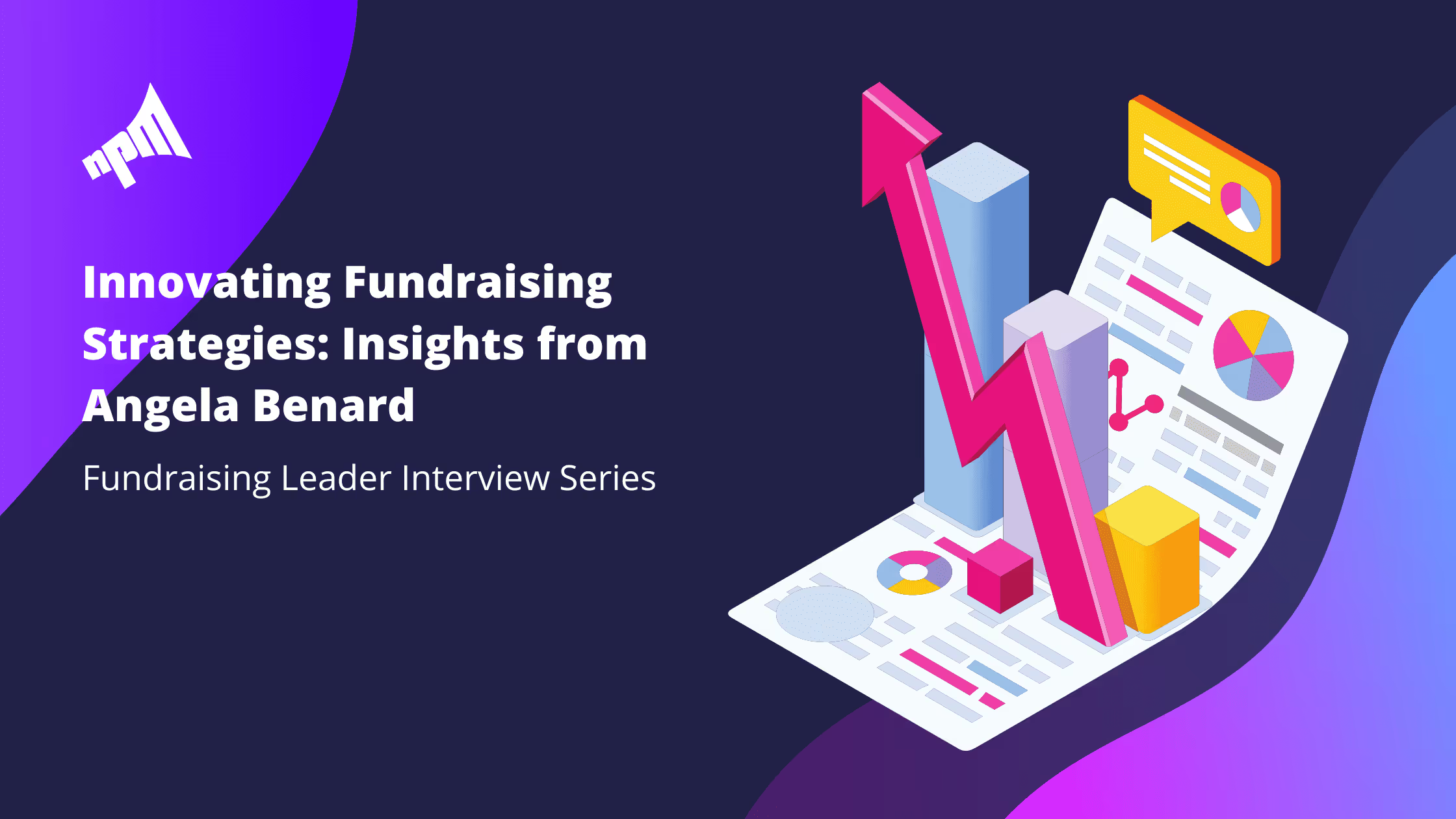






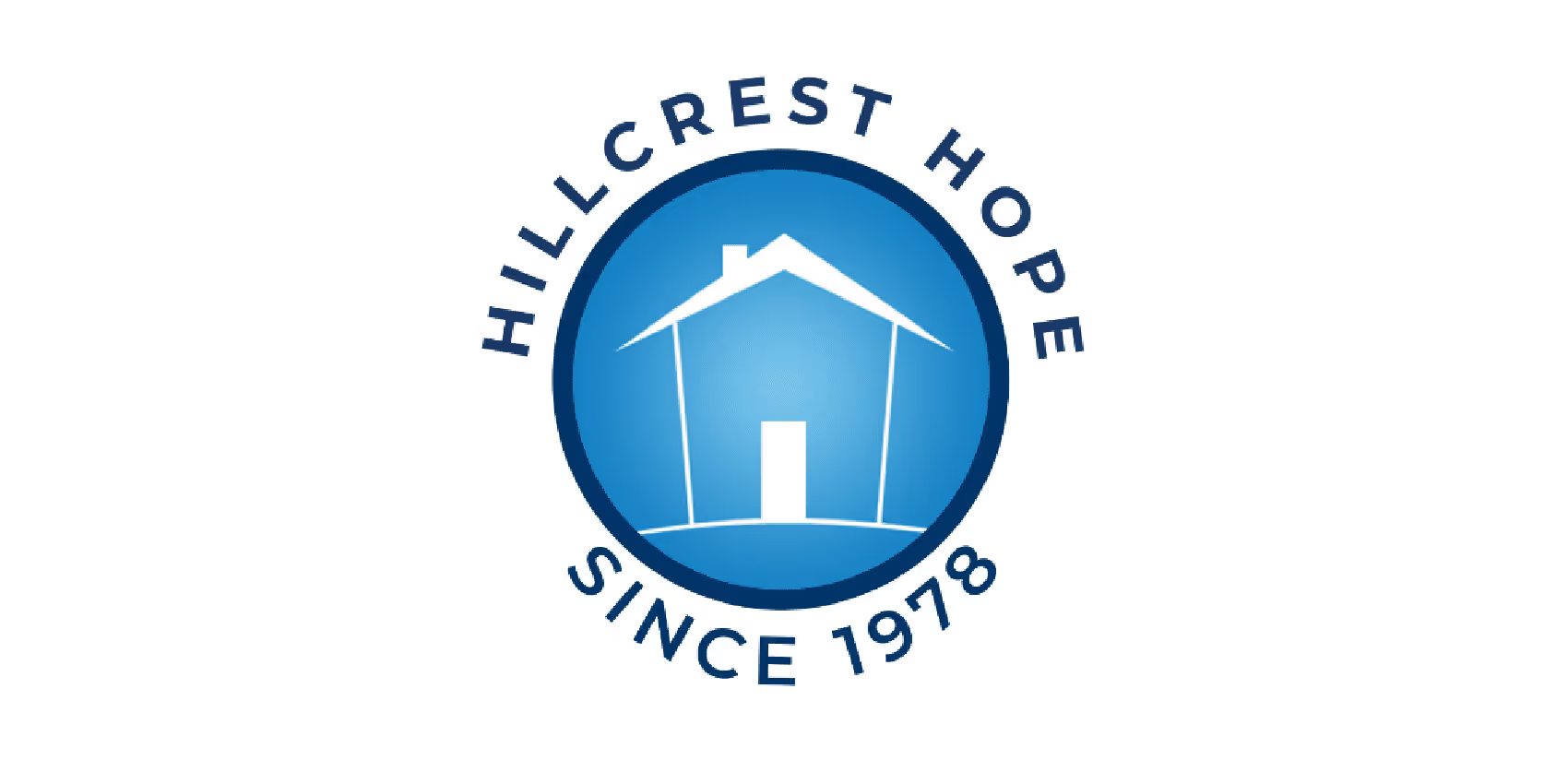

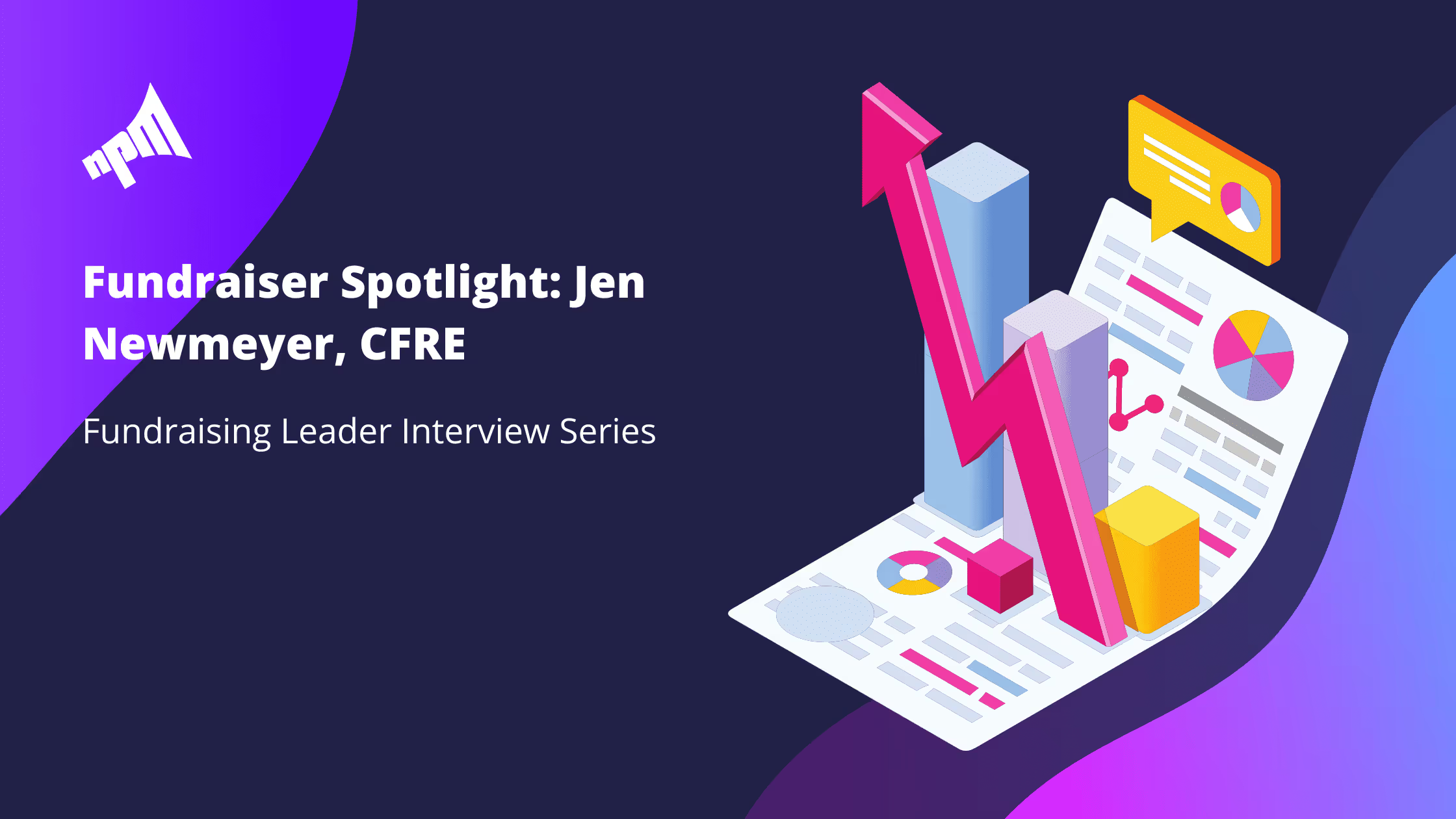




























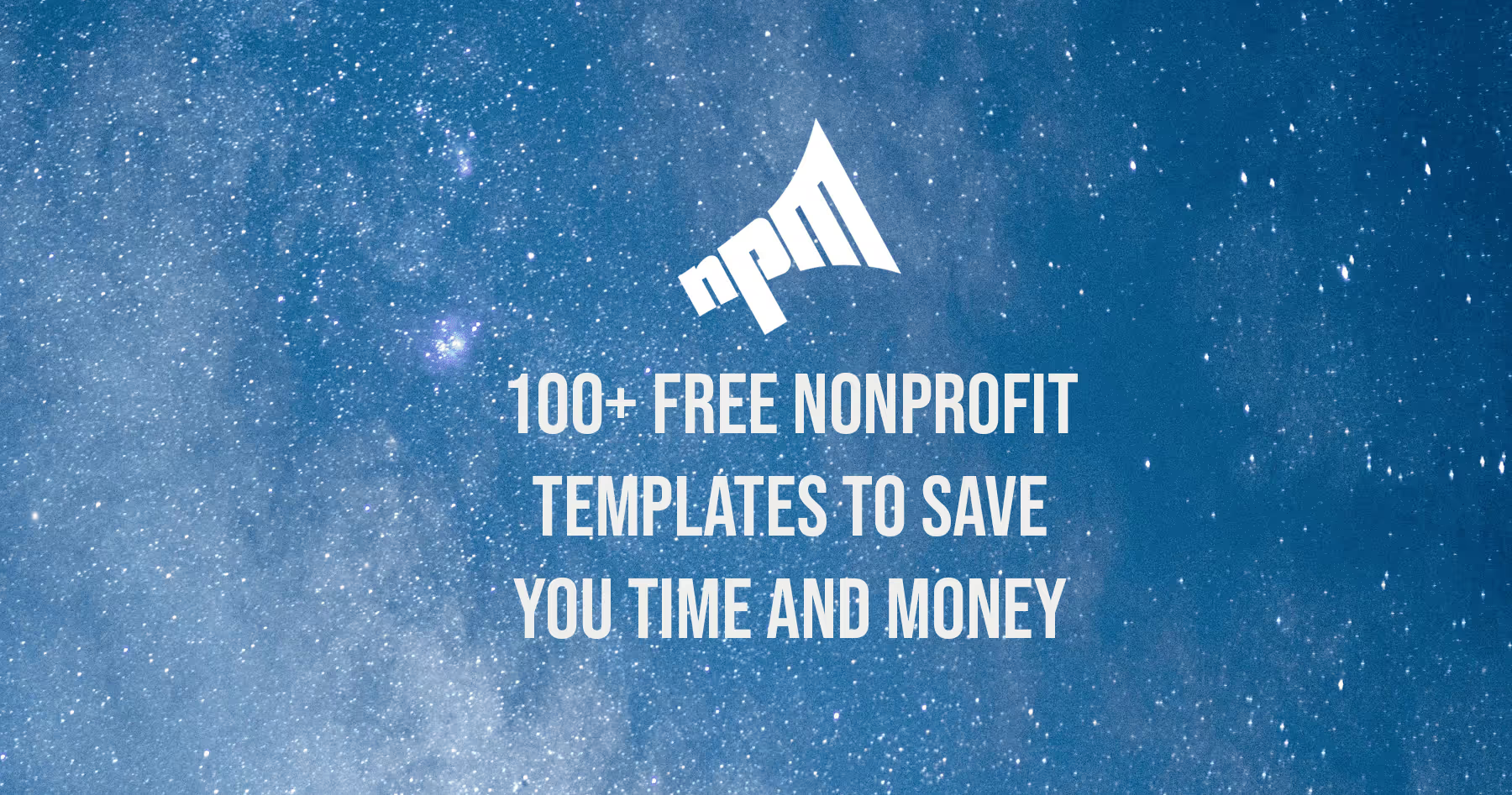







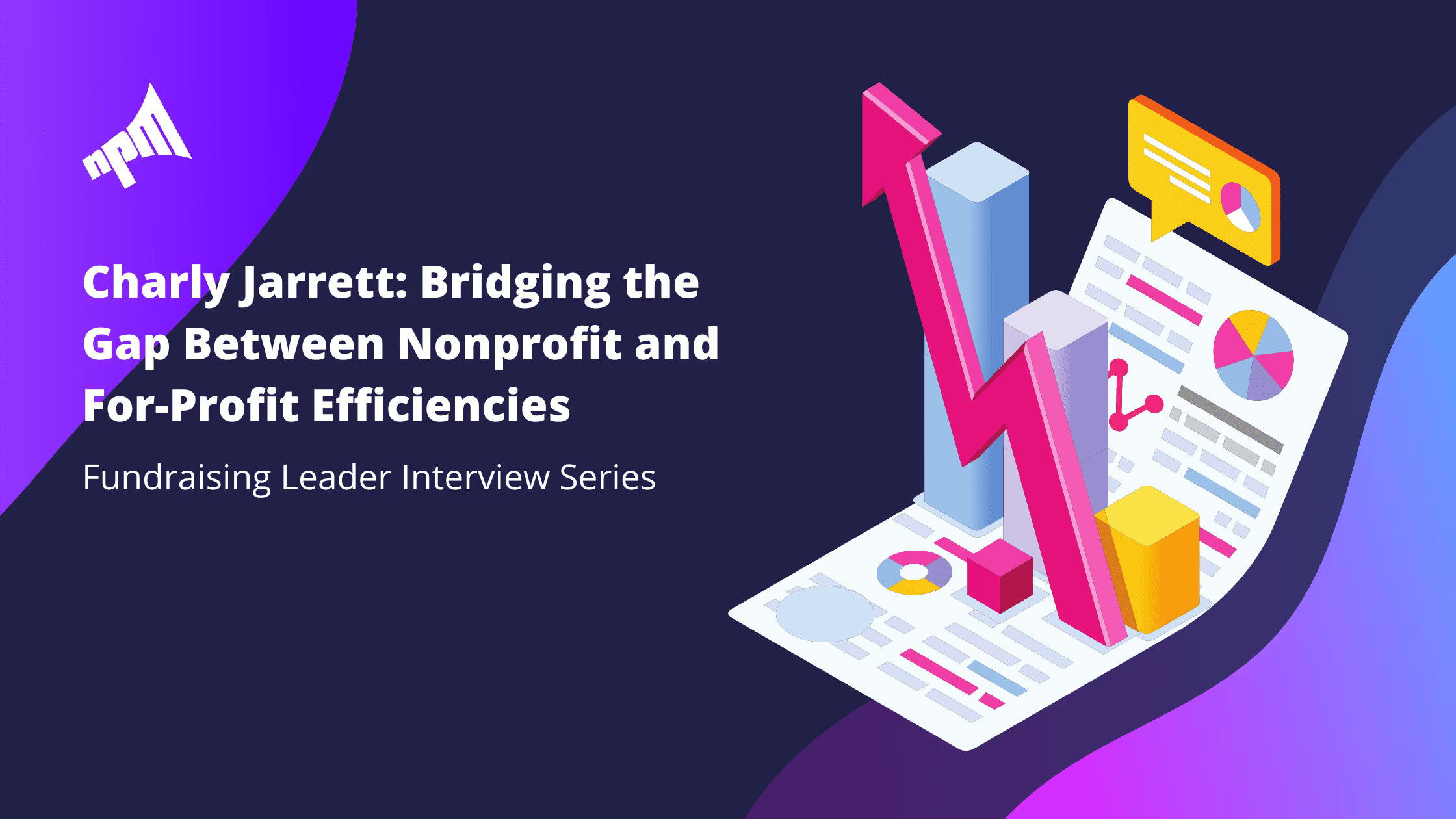











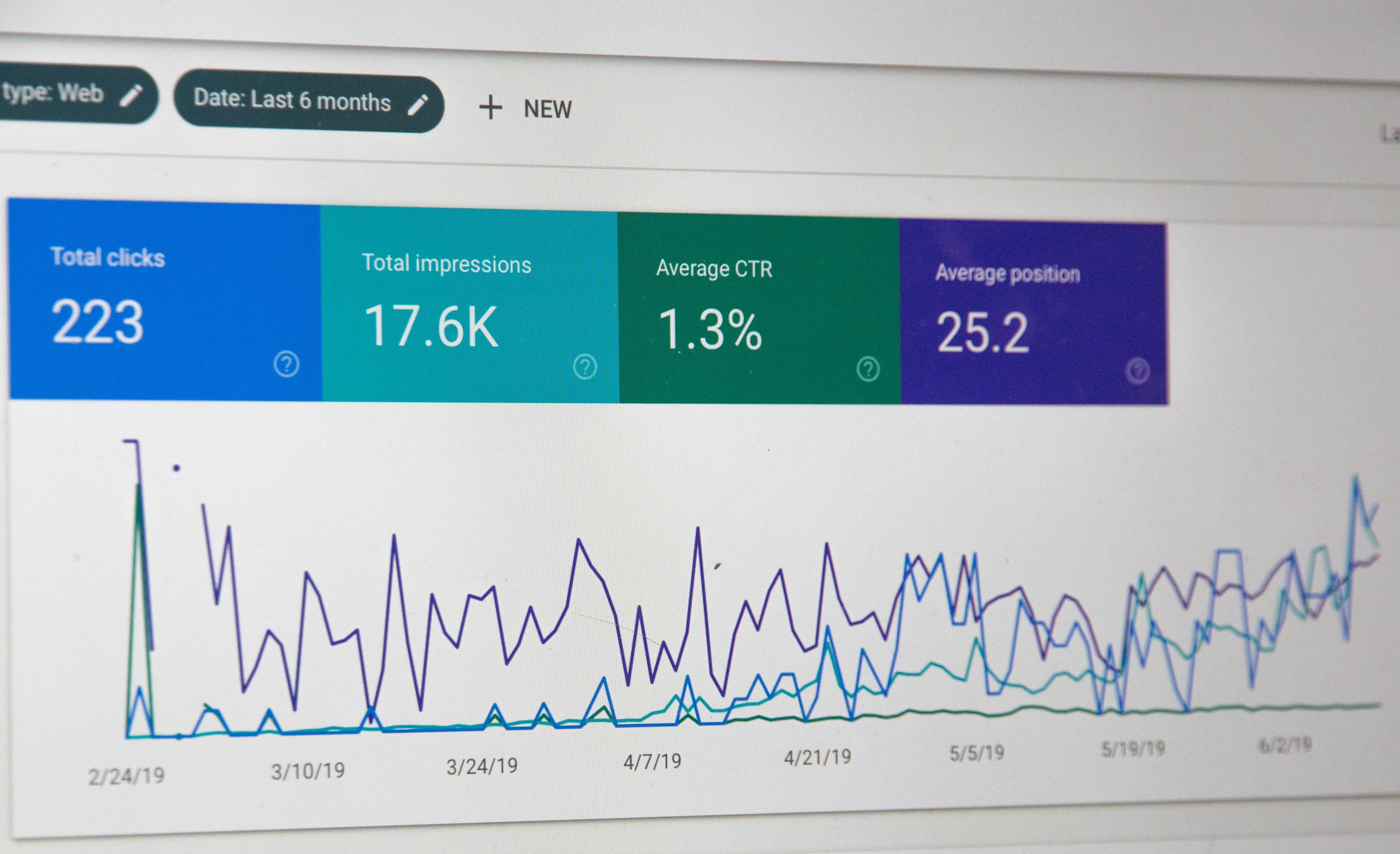




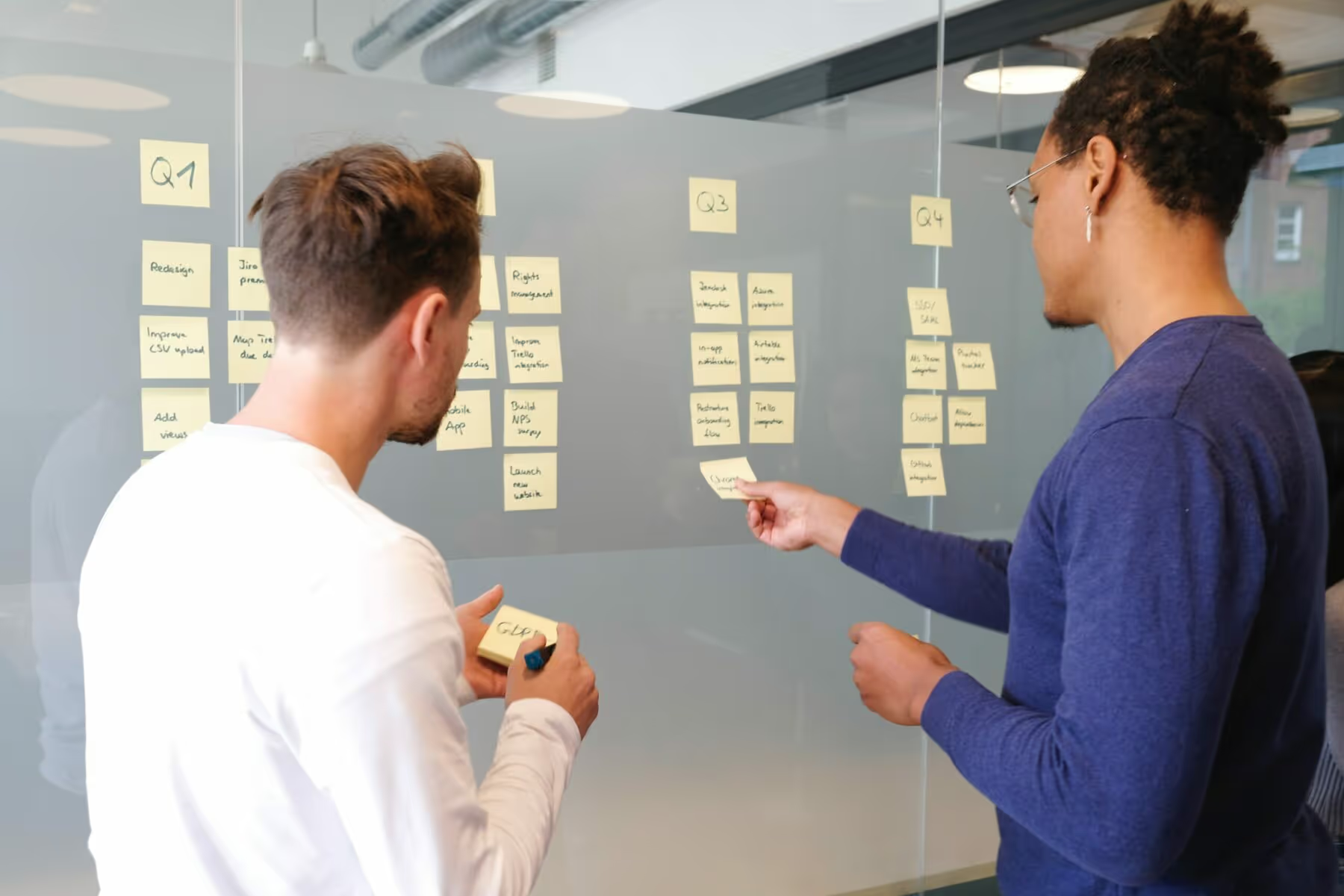




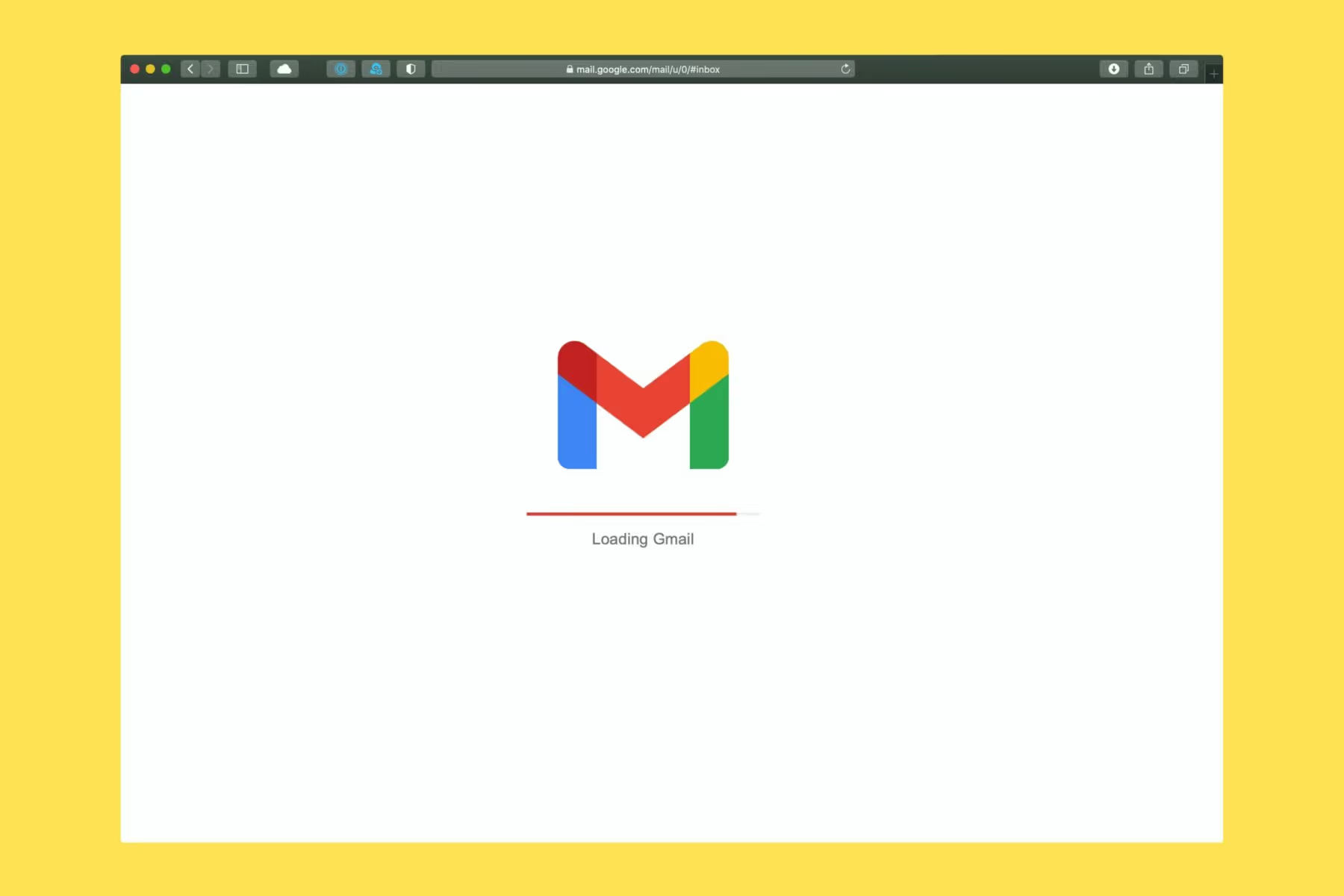

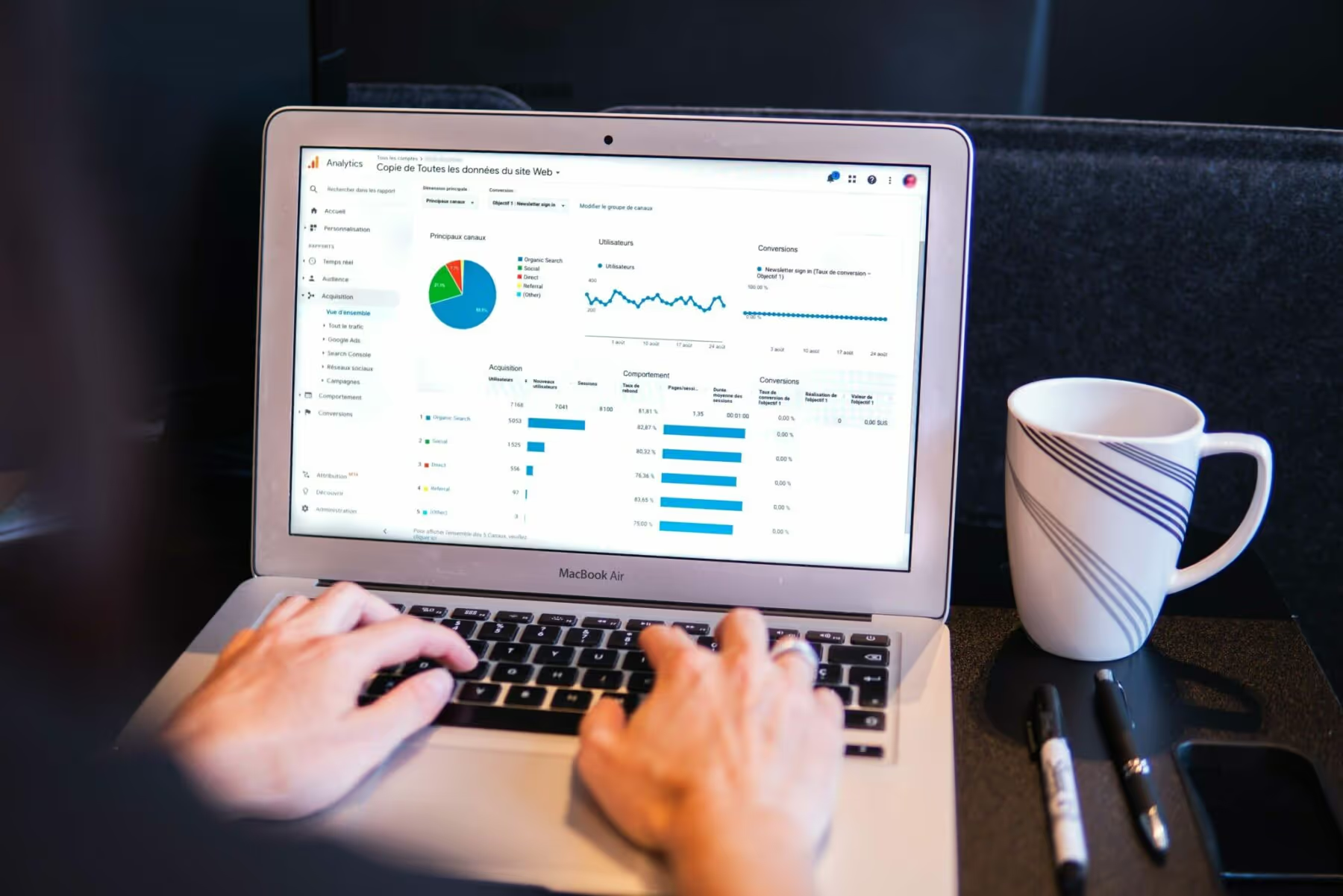
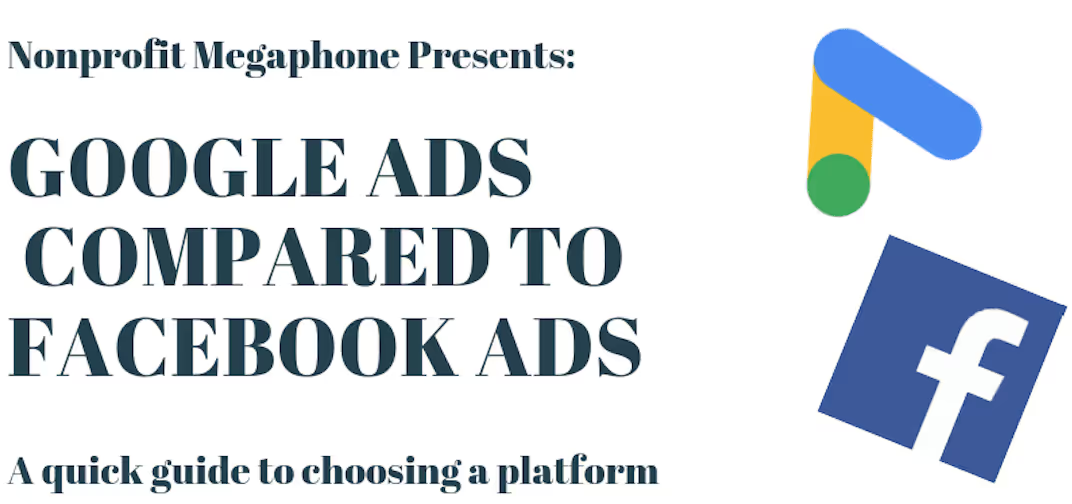


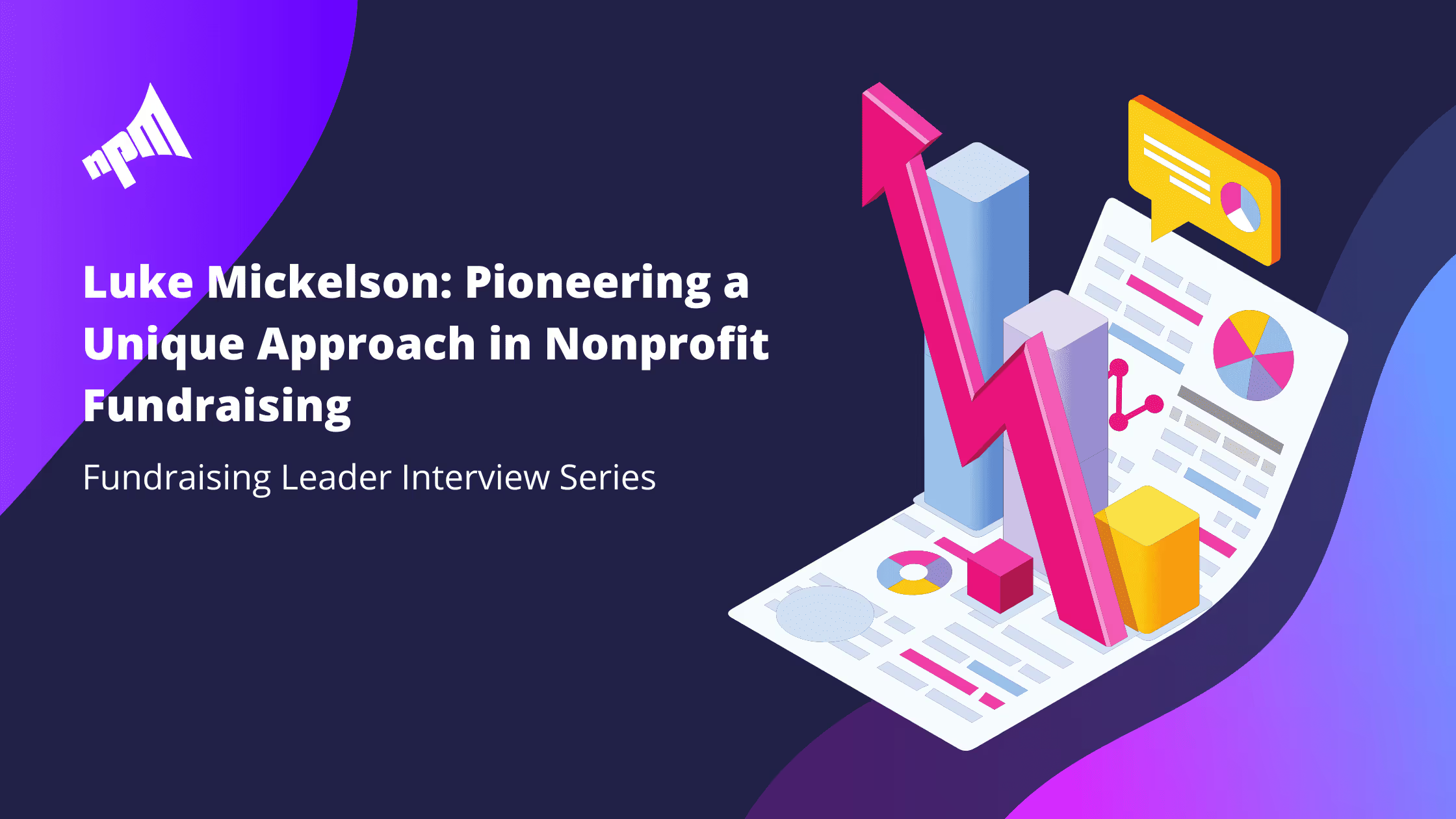






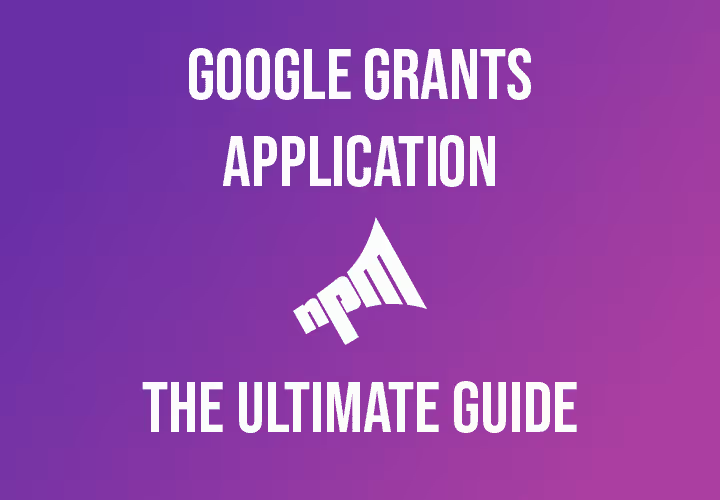

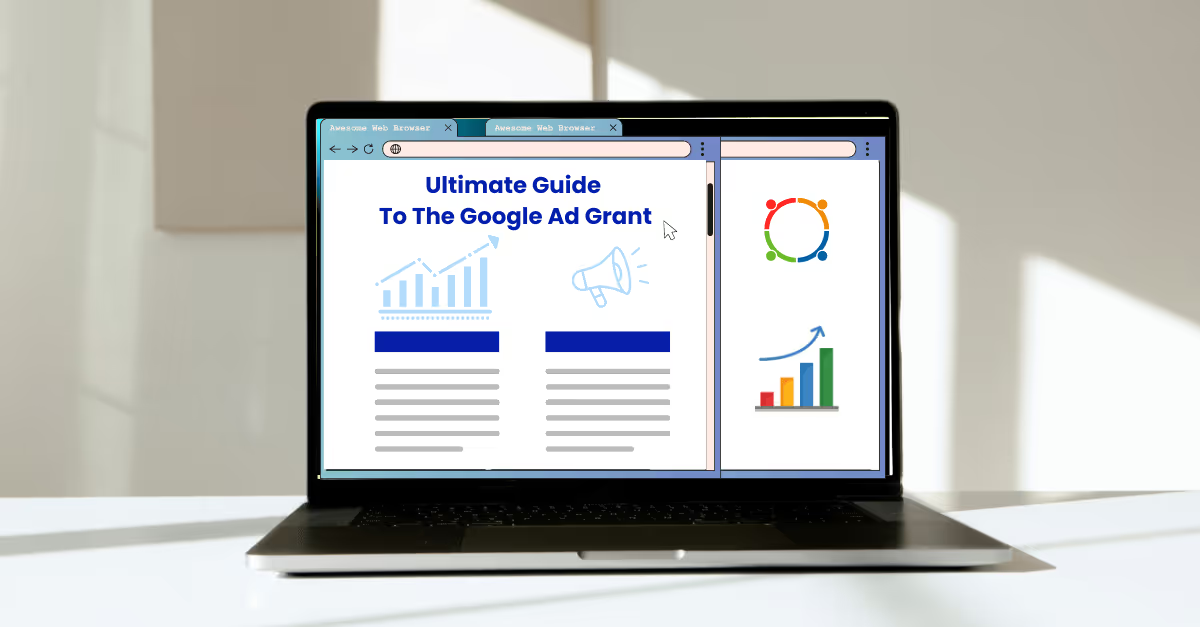




.svg)
.svg)
.svg)
.svg)